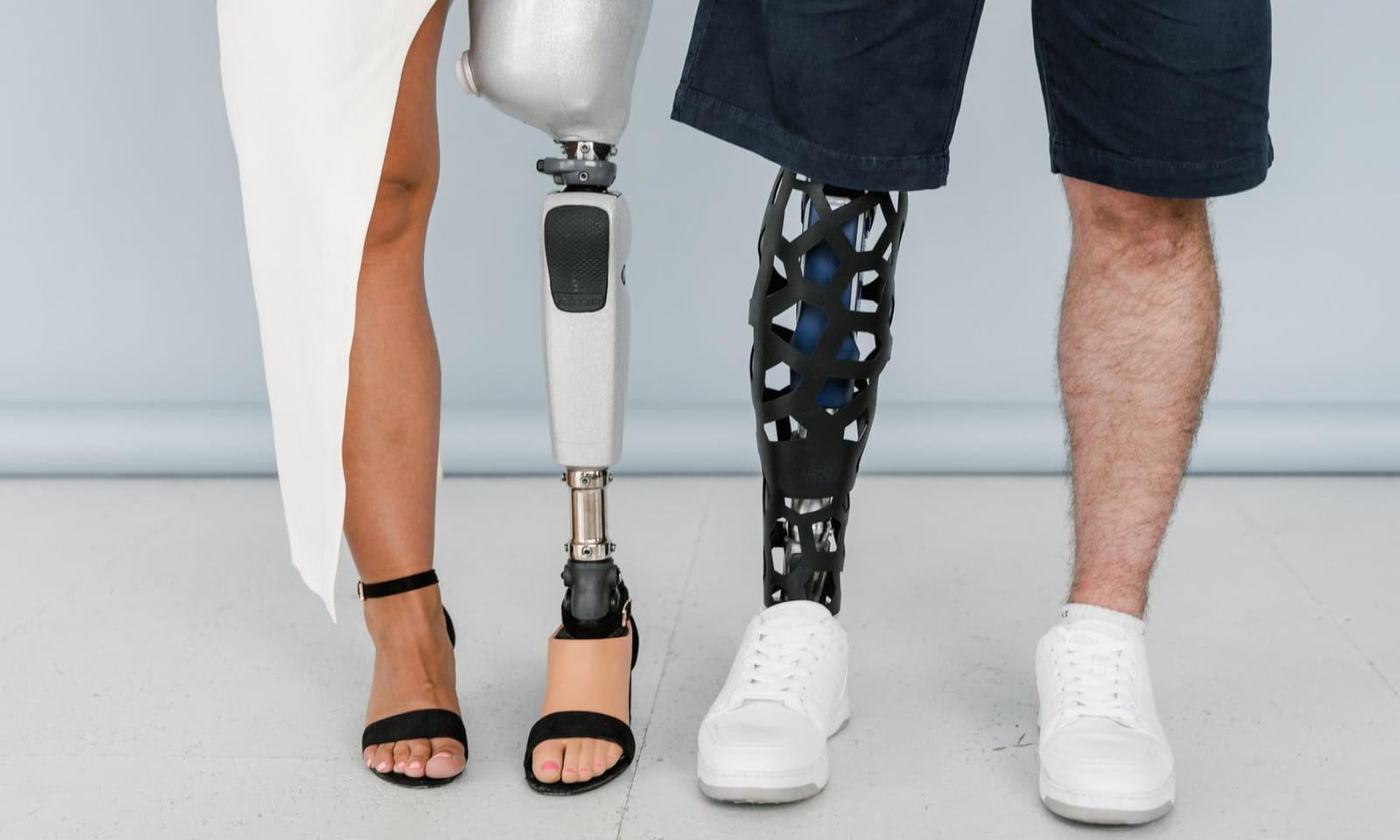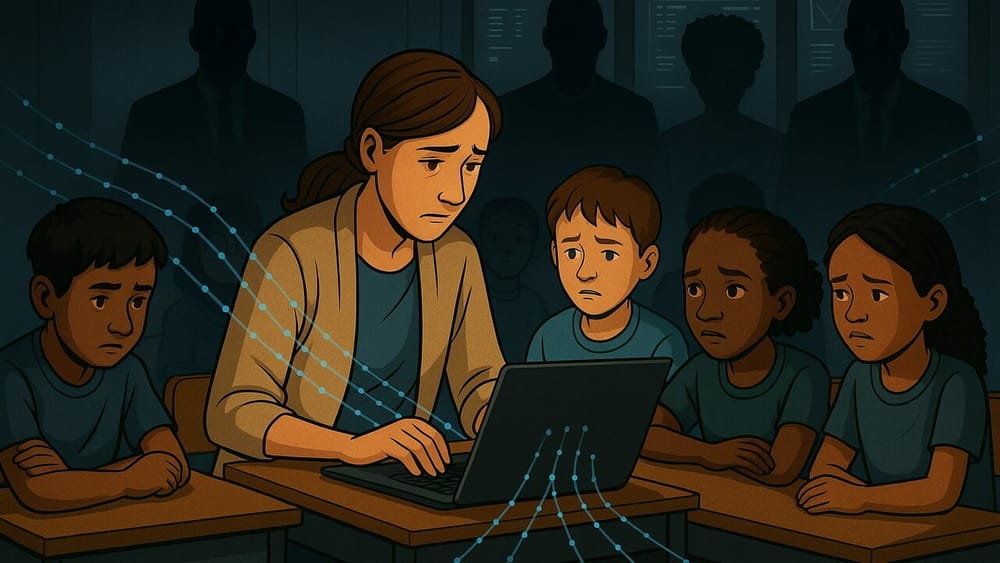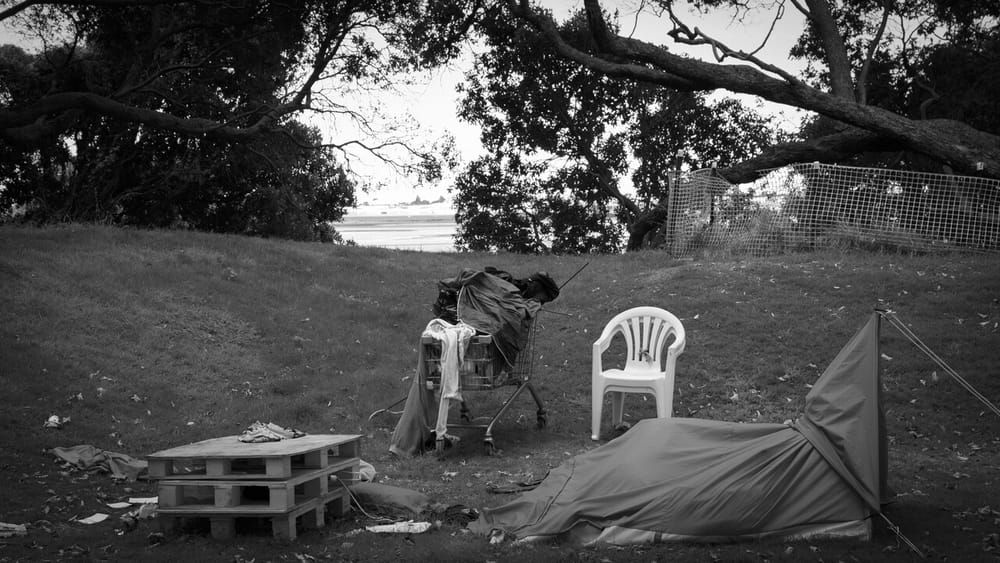As humans, we experience much of our world through movement—from smiling to waving, to running to dancing, our actions connect us powerfully to the people and spaces around us. Because our bodies are so remarkably efficient, many of our behaviours seem automatic and effortless.
But our mobility is never guaranteed. Across our world, there is a substantial and ever-increasing number of people living with severe limb differences. As of 2017, the World Health Organization estimates that 35 to 40 million people globally are in need of prosthetic and orthotic devices. According to research published in 2020 by the Amputee Coalition, in the United States alone, over two million people are living with limb loss, about 185,000 people undergo amputations each year and approximately 507 people lose a limb each day. The American Bionics Project claims that 130 million people worldwide require the use of a wheelchair. Specific demographics and populations suffer from unique limb loss obstacles—children rapidly outgrow most prosthetic limbs, while residents of developing countries face increased violence, natural disaster damage and other harsh and unpredictable conditions that often increase the prevalence of traumatic accidents.
For members of the limb difference community, certain movements are challenging or even impossible to perform. Common tasks—getting out of bed, eating, going to work—become difficult to complete independently. Leading an active lifestyle becomes a dream rather than a readily attainable goal. Being consistently included in society becomes an uncertainty rather than a respected right.
To improve these unjust realities, innovators around the globe are combining biotechnology with compassion to create advanced and accessible prosthetic devices. By conducting extensive research, forming original designs and gathering affordable materials, these extremely dedicated pioneers are bringing hope to people who are directly or indirectly affected by limb loss. They are demonstrating the tremendous impact that can be made when biotechnology transcends the lab and becomes understandable and available to everyday citizens. They are standing by the sentiment that whether we aspire to climb mountains or climb stairs, each of us deserves to move through our world with support, confidence and freedom.
Making scientific strides
Prosthetic technology has been evolving for thousands of years. Experts speculate that the first prosthetic device—a big toe made of wood and leather—appeared in ancient Egypt between 1,000 and 600 BCE. Research suggests that this toe was meticulously constructed to possess both cosmetic and functional value. Countless other prosthetic devices have surfaced since, from the iron hands worn by medieval knights to the hinges and harnesses developed to aid soldiers suffering from catastrophic injuries during the World Wars.
However, modern prosthetic technology is embracing a new, more complex concept: integrating machinery with the human nervous system to create more intuitive and seamless prosthetic devices.
Jennifer French, a United States-based speaker, writer and advocate for the disability community, has directly benefited from these recent technological advancements. After suffering from a severe snowboarding accident that left her with quadriplegia at the age of 26, French turned to biotechnology to help her regain mobility.
“From [the] point [of my injury] forward, I was thrown into the world of paralysis and immediately became a member of the minority class: those of us living with disabilities,” French shares in her 2018 TED talk.

Fortunately—though after extensive searching—French was able to join a research study at the Cleveland FES (Functional Electrical Stimulation) Center and become the first woman to receive an implanted stand and transfer system, which operates almost completely internally and enables her to leave her wheelchair behind whenever she desires.
“This technology gives me choices in society,” French says. “With the use of electrodes and receivers that look a lot like pacemakers, a little battery power and the press of a button, I can return to the upright world.”
The stand and transfer system is just one example of the many prosthetic technologies that are forming to accommodate a variety of conditions and needs. To consolidate information about these developments, French founded the Neurotech Network in 2005, a platform designed to inform public audiences of existing and emerging biotechnologies.
“Our mission is to educate and advocate,” French says. The Neurotech Network partners with other, condition-based organisations—for example the US Pain Foundation or Migraine Trust—to discuss with their constituents the assistance options that might be available to them.
“People need to [know] that these technologies are even [out there],” French says, citing awareness as one of the biggest obstacles that prevents people from receiving proper prosthetic devices and other forms of care. “The [realm] of medical technology is really interesting and growing . . . but if [this progress] doesn’t get out of the academic, doesn’t get out of the lab, [so many] of us will never be able to benefit from it.”
Reaching out to equip and empower
Just as important as spreading awareness is ensuring access—working to overcome barriers so that members of the limb difference community, no matter their age, location or socioeconomic status, can receive optimal prosthetic devices.
eBionics, an organisation based in North Macedonia, was founded with this mission in mind.
The group, comprising originally of four high school students—Orhan Bahashov, Boris Nocheski, Teo Kitanovski, and Anamaria Ilieva—was named a global winner of the 2019-2020 Generation Unlimited Youth Challenge for creating the ‘Venus Arm,’ a 3D-printable bionic arm that operates “via muscle sensors reading the . . . impulses of the forearm.”
eBionics do not manufacture or distribute their product; rather, they publish their unique design on their website, along with instructions for assembly, so that anyone can go online and purchase for a reasonable cost—through third-party 3D-printing companies that eBionics has teamed up with—the parts necessary to assemble the Venus Arm.
“Venus Arm is the first truly open source bionic arm,” says Bahashov, the design engineer of eBionics. “Bionic arms are the future of prosthetic limbs, but the [mainstream] strategy of selling them is wrong at the moment. With our innovations . . . prices can be lowered . . . and we [can] share [our] work with others . . . so that they can contribute [ideas] too, and we can all together make bionic arms better and more affordable.”
Though the group has only been pursuing this project for about a year, the Venus Arm has already reached many people around the world who might not have otherwise been able to obtain bionic prosthetic devices.
“We want people [everywhere] to be proud of their bionic arms,” Bahashov says. Nocheski, eBionics’ public relations manager, adds, “Our [ultimate] goal is to help people . . . feel confident . . . and enjoy their lives to the fullest.”
This hope of cultivating openness and confidence is echoed by the United States-based organisation Limbitless Solutions. Founded in 2014 by a group of then students at the University of Central Florida—Albert Manero, John Sparkman, and Dominique Courbin—the nonprofit develops personalised, 3D-printed bionic arms primarily for children.
These products use “non-invasive electromyography (EMG) technology,” which makes them “lighter and less expensive [to build] than traditionally available [prosthetic devices]” and allows them to perform “multiple functions and gestures.” Furthermore, Limbitless Solutions is committed to ensuring that their bionic arms are completely free for recipients, believing that “no family should be financially burdened because their child has a limb difference.” Considering how quickly children grow and require replacement prosthetic devices—once every 18 to 24 months on average—this is a remarkable and crucial promise.

Many young prosthetic users are also ostracised by their peers for looking different, which can detrimentally reduce their self-esteem. To subvert this stigma, Limbitless Solutions is crafting their bionic arms to be not only affordable but beautiful, by designing a range of customisable covers, known as sleeves, that magnetically attach to their devices. These sleeves—many of them inspired by superheroes, princesses, video games and other trends—manage to merge technology with colour, expression and uniqueness, rendering them powerful vehicles for identity and inclusion.
“Our bionic kids have all told a similar story. When they would go to the grocery store without wearing an arm, people would come up to them and [ask], ‘What’s wrong with you? Why are you broken?’” says Manero, the president and chief executive officer of Limbitless Solutions, in a 2018 video announcing the organisation’s upcoming clinical trials. “[But] when they’re wearing a really expressive, beautiful, artistic arm, the questions completely change. Instead, people come up to them and [ask], ‘How does that work? Where did you get it? That’s so cool! How do I get one for myself?’”
Equally dedicated to promoting widespread inclusion is the Range of Motion Project (ROMP), an organisation founded in 2005 by two prosthetists, David Krupa and Eric Neufeld. The nonprofit formed after Krupa—an amputee from a young age—met a teenager in Guatemala living with a congenital limb deficiency similar to the one that he had been born with. Whereas he received an amputation and prostheses early on and was able to grow up running and playing sports, this teenager had been confined to crutches for most of her life. Moved by this experience, Krupa and Neufeld established the first ROMP clinic in Guatemala to provide underserved communities with both prosthetic technology and long-term prosthetic care.
“Our vision is mobility for all,” says Lauren Panasewicz, ROMP’s director of development. “We [want people] to have fair access to whatever technologies [they] need to live [their] full potential.”
To pursue this mission further, the organisation has expanded their efforts into Ecuador and the United States, aiming to assist people facing a range of obstacles, from lack of transportation to healthcare barriers to citizenship challenges. “There are [so many] things that keep pushing people into the poverty cycle and making it [extremely] hard to break out of that,” Panasewicz says. By also offering resources beyond clinic walls—training equipment, support groups, clean drinking water and more—ROMP is working to improve these adverse circumstances and empower people to become successful lifelong prosthetic device users.
Though many of the prosthetic devices that ROMP currently provides to patients, especially in developing countries, do not rely on biotechnology, team members envision bionic prosthetic devices becoming more integral to their services in the future. The organisation has already begun exploring this realm, partnering several years ago with a group called Psyonic to deliver a 3D-printed robotic arm to an amputee living in Ecuador.
“We’re hopeful that [biotechnology] will be an option and will be useful for our patients [down the road],” Panasewicz says. Making these advanced technologies widely available is worth striving for, to meet more specific needs and enable as many people as possible to move through their lives with independence and assurance.
“Giving people their mobility back is so powerful,” Panasewicz says. “Seeing the amazing things that our patients have been able to do after receiving prosthetic care is what keeps me going every day.”
Building an inclusive future
Scientists are by no means the only innovators of our world. Though the discoveries made and ideas exchanged in labs are crucial to furthering knowledge, widespread change occurs most often when curious, ambitious and compassionate people band together to seek solutions and serve others.
As Jennifer French emphasises in her TED talk, “We have an opportunity today to use our technological developments to change inclusion across society.” Whether we contribute directly to scientific advancements or not, every effort to promote equality matters and amplifies the positive impact that these technologies can have.
As prosthetic devices continue to evolve, we must keep uprooting the stigmas and barriers that prevent far too many members of the limb difference community—and the broader disability community—from obtaining the assistance they deserve. “There are bionic pioneers on the frontlines today that are blazing the trails forward for us for the future,” French says. “[But] at the end of the day, it all comes down to how we treat each other as human beings . . . the ways that we teach our children, how we look at each other and how we interact.”
With the right support, the prosthetic devices being created can do more than just restore mobility—they can foster a welcoming society that embraces differences, nurtures empathy and moves forward with hope, one bionic step at a time.







